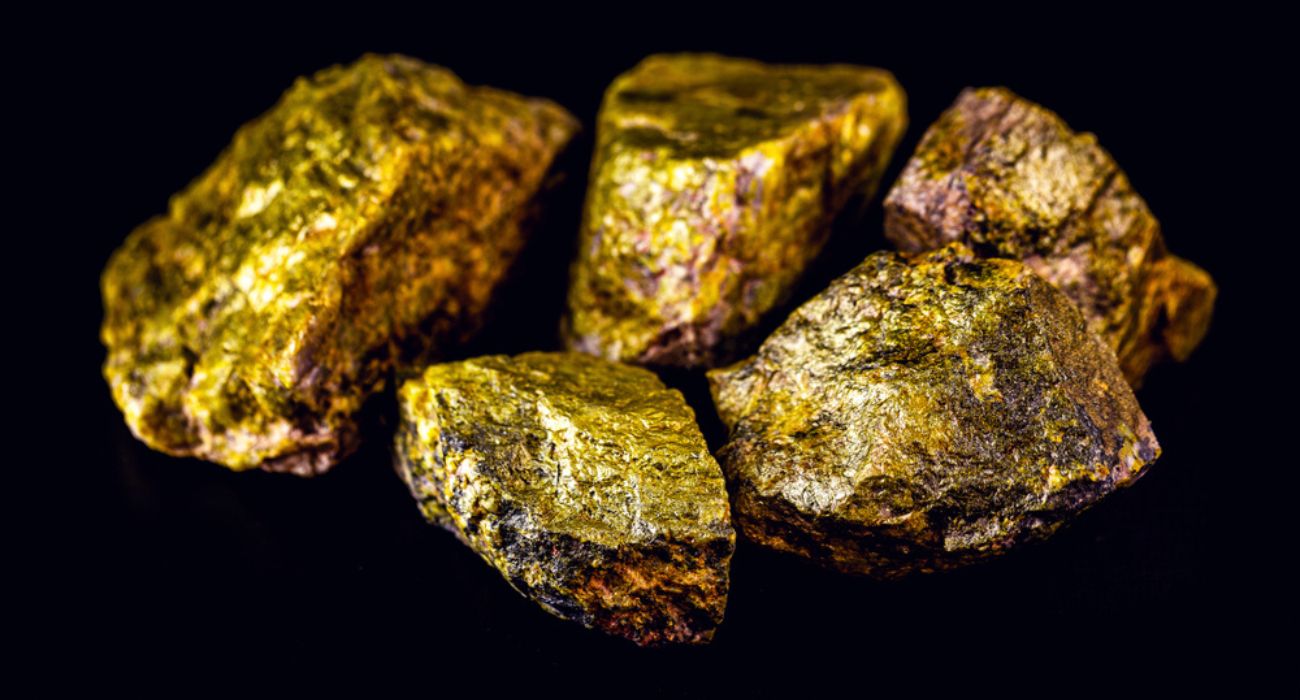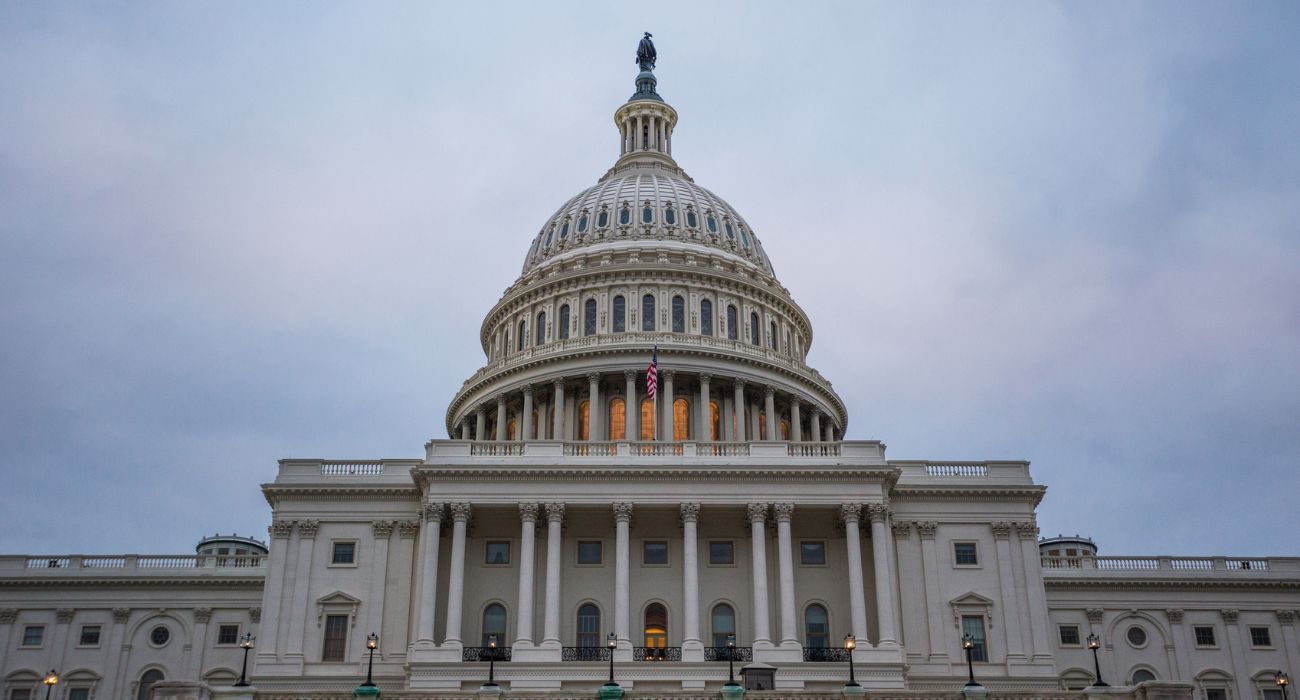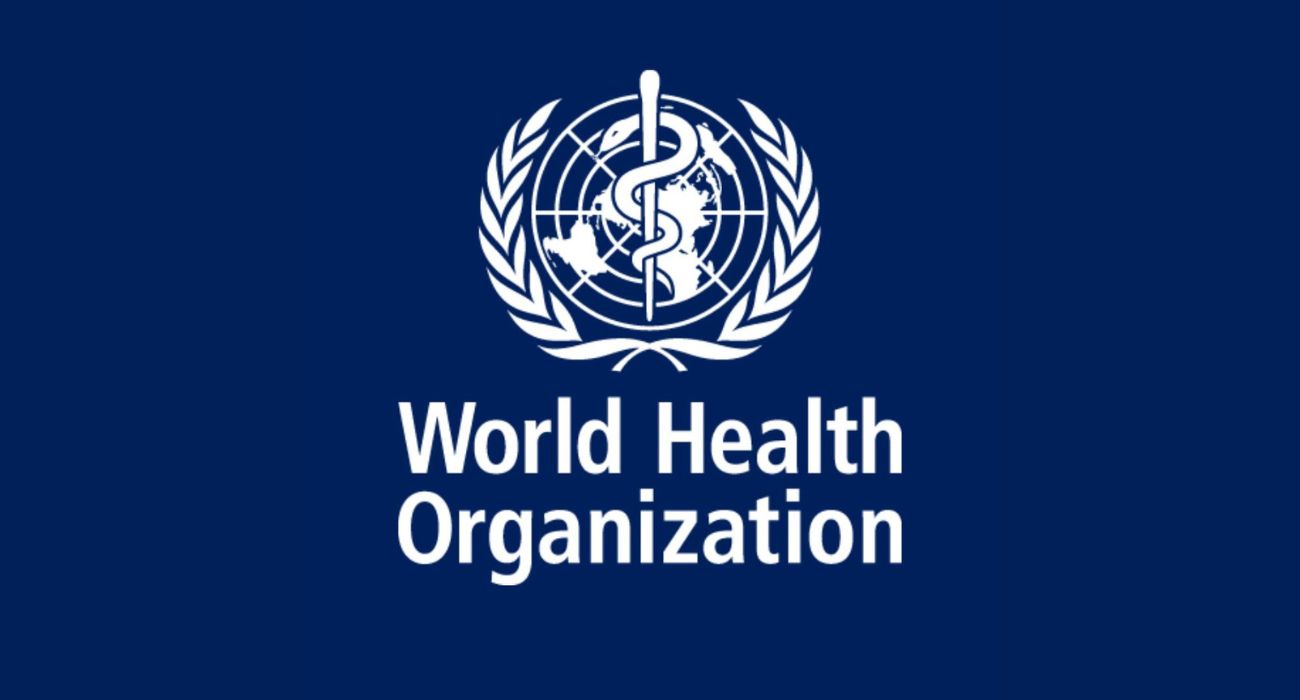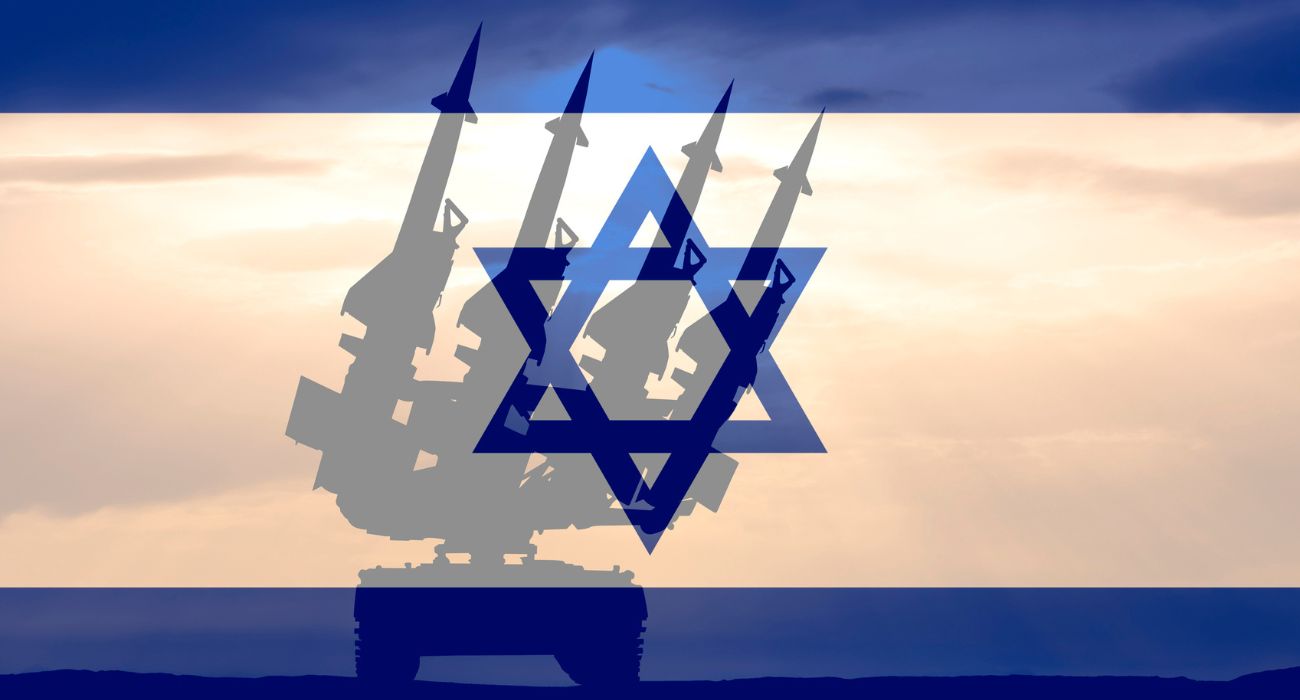Ten barrels of natural uranium were reported missing from a storage facility in Libya by the United Nations’ nuclear watchdog, the International Atomic Energy Agency (IAEA), on Wednesday.
Just a day later, a military faction claimed to have recovered them on the border of Chad.
In a confidential statement to UN member states that was read by Reuters, Rafael Grossi, IAEA’s chief, explained that the discovery was made during an inspection conducted on March 14.
“The loss of knowledge about the present location of nuclear material may present a radiological risk, as well as nuclear security concerns,” the statement read.
Natural uranium must first be enriched in order to be applied to energy production as fuel in a nuclear reactor or in a bomb.
The enrichment process generally demands the conversion of metal into gas and then rapid spinning in a gas centrifuge cylinder. The force of the spin separates the gas molecules by weight, with the heavier component moving toward the outer wall of the cylinder. This is scooped out and fed into the next cylinder, and the process continues until the desired level of enrichment is achieved.
The missing drums containing approximately 2.5 tons of natural uranium could be processed into roughly 30 pounds of weapons-grade uranium. This is quite close to the 33 pounds that are thought to be required to make a nuclear weapon, according to Live Science.
Libya has been in political turmoil since Muammar Gaddafi was removed from power during the Arab Spring in October 2011. Armed militant groups and others continue to rival the Government of National Accord formed as an interim leader by the UN, especially with regard to who controls the country’s oil.
The IAEA has not provided much information about where exactly the natural uranium was being held, but many suspect it was in Sabha. Here, Gaddafi stored thousands of barrels of yellowcake uranium for a uranium conversion facility that was never built as part of his secret weapons program, according to WFAA.
Located in the Sahara Desert, the city fell into lawlessness after the uprising and is loosely controlled by the Libyan National Army (LNA). This faction is led by Khalifa Hifter.
Although yet to be confirmed by the IAEA, there have been reports that the LNA is in possession of the missing barrels in the east of Libya near Chad, including by BBC and Fox News.







Both Muammar Gaddafi and Saddam Hussein were not nice characters but they were keeping ISIS in check. Saddam was also keeping Iran’s Ayotollas and the Saudis in check. Removing Saddam and Gaddafi was, in my view, a mistake.